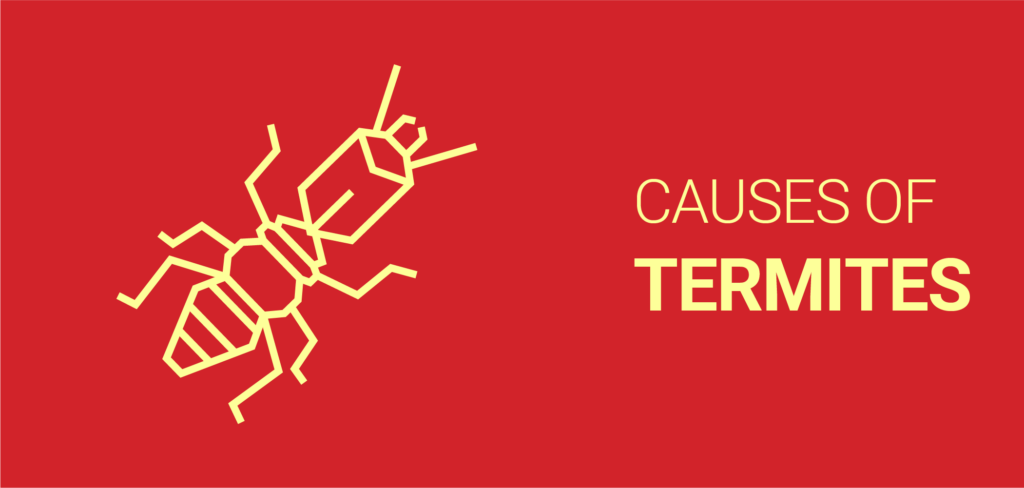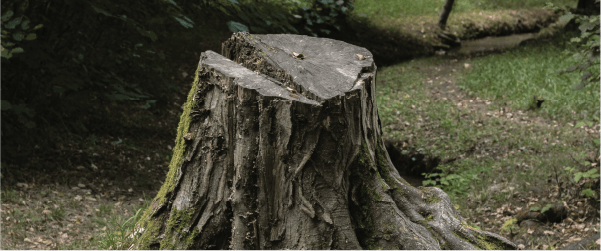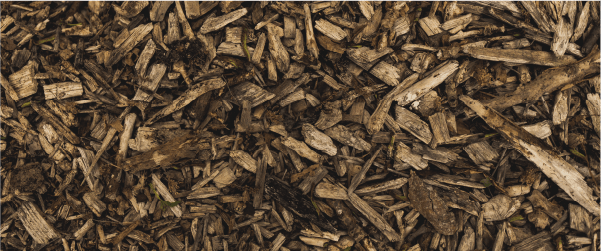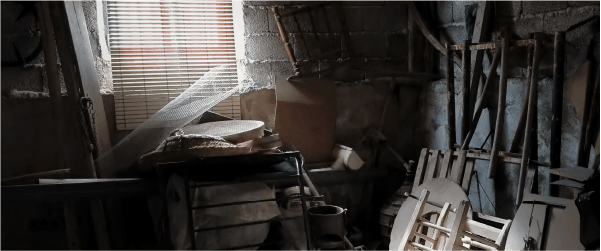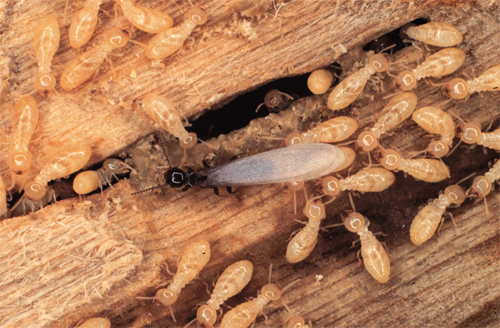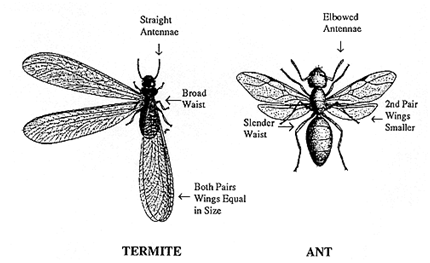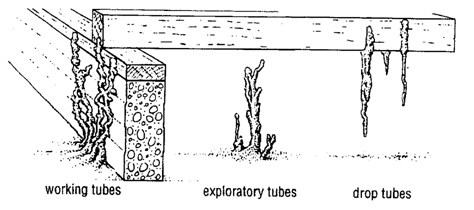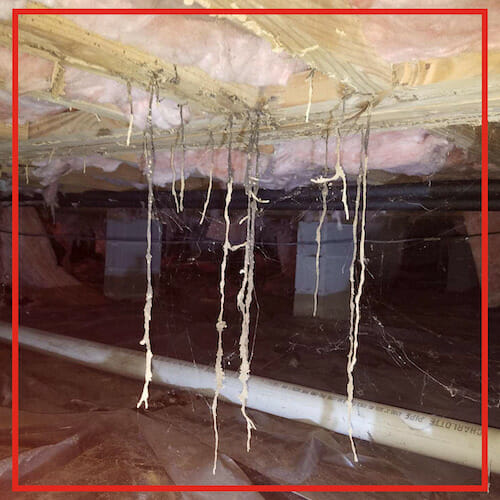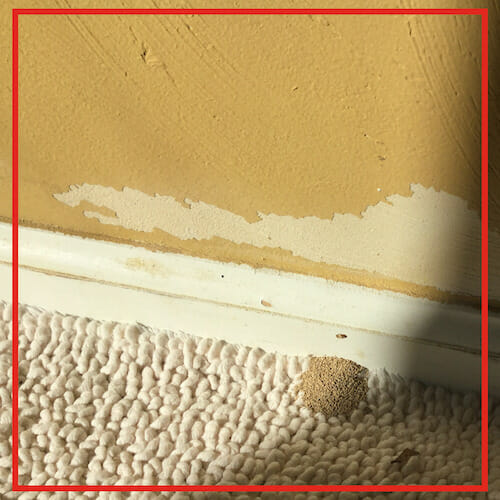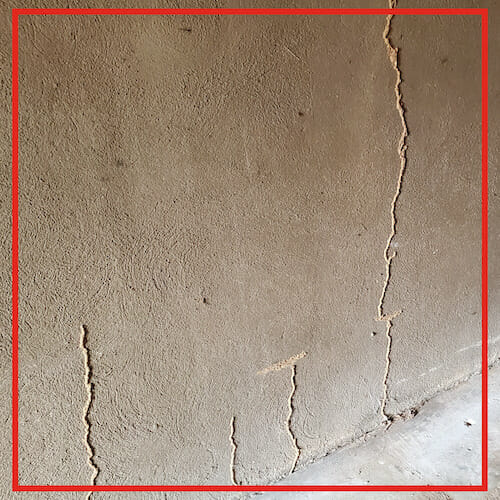Common Misconceptions
Debunking common termite misconceptions can empower homeowners to protect their property. Termite limitations and preferences reveal the key areas where they enter and damage homes. While termites are destructive, you can discourage them from building a colony in your home by understanding the ways they behave.
DO TERMITES REALLY EAT WOOD?
Termites eat wood and anything containing cellulose, such as wallpaper, books, boxes, carpet backing, drywall and furniture. In their natural environment, termites support the ecosystem. They digest rotting wood, turning it into humus, an organic material that improves soil. When land development displaces termites, they can occupy and destroy buildings.
CAN TERMITES EAT THROUGH PLASTIC?
Termites cannot eat through plastic. However, they may try to break through plastic to access a food source.
DO TERMITES EAT CONCRETE?
Termites cannot eat concrete. Because termites can fit through cracks and crevices in concrete, homeowners may think termites chewed through this tough barrier.
WILL BORIC ACID KILL TERMITES?
Boric acid is not an effective DIY method to get rid of a termite infestation. While a termite will die if it ingests boric acid, this treatment will not destroy a termite colony, and at best, you’d likely only kill a few worker or soldier termites that a termite queen can easily replace. A termite colony can only be destroyed through the advanced treatment methods of a pest control professional.
